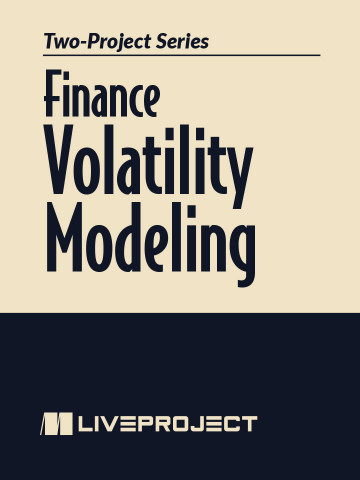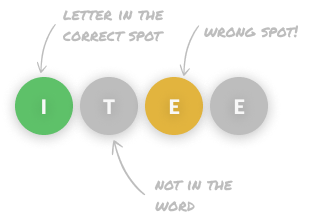Finance Volatility Modeling you own this product
- prerequisites
- intermediate Python • basic scikit-learn and Matplotlib • basic financial concepts • intermediate machine learning
- skills learned
- volatility forecasting in financial modeling using ARCH and GARCH • optimizing financial model parameters using BIC • observing ML-based models using SVR-GARCH and NN-GARCH models • prediction analysis
pro $24.99 per month
- access to all Manning books, MEAPs, liveVideos, liveProjects, and audiobooks!
- choose one free eBook per month to keep
- exclusive 50% discount on all purchases
lite $19.99 per month
- access to all Manning books, including MEAPs!
team
5, 10 or 20 seats+ for your team - learn more

Are you ready to “explode” into the financial analysis-side of data science? Volatility is a factor in determining financial risk and it even makes appearances in option pricing formulas. In fact, volatility analysis is the backbone of finance modeling. In this liveProject series, you’ll learn to predict and model volatility, optimize model parameters, and choose the best financial model by analyzing and comparing prediction results. With the projects in this series, you’ll be managing financial risk like a pro with reliable and accurate volatility forecasts.
here's what's included

In this liveProject, you’ll play the part of a freelance consultant who’s been hired to assess a company’s financial risk. Using the traditional volatility modeling packages ARCH and GARCH, you’ll model the volatility of S&P-500 stock prices—a good proxy for the entire financial market—and measure model performance. Then, you’ll optimize the model parameters using information criteria such as Bayesian Information Criteria (BIC). When you’ve completed the project, you’ll have a solid understanding of the logic of these traditional models and be ready to apply it to other models.

Now that you’ve tackled volatility modeling in a traditional way, in this liveProject, your employer has challenged you to uplevel your volatility modeling by taking a more dynamic, data-dependent approach. By the end of this project, you’ll have firsthand experience modeling volatility using support vector machines with different kernels, neural networks, and deep learning models. What’s more, you’ll have the skills to determine if the machine learning-based models outperform the traditional parametric models.

choose your plan
team
- five seats for your team
- access to all Manning books, MEAPs, liveVideos, liveProjects, and audiobooks!
- choose another free product every time you renew
- choose twelve free products per year
- exclusive 50% discount on all purchases
-
![]() Finance Volatility Modeling project for free
Finance Volatility Modeling project for free
Prerequisites
These liveProjects are for intermediate Python programmers and data scientists who want to leverage their Python skills for finance applications. To begin these liveProjects you will need to be familiar with the following:
TOOLS
- Intermediate Python
- Jupyter Notebook
- Basic financial concepts
- Intermediate machine learning
- sklearn for running classical time series analysis and stationary analysis
- Matplotlib for visualization
- ARCH for modeling
- scipy.optimize.minimize for modeling volatility by hand
you will learn
In this liveProject series, you’ll learn skills and techniques for volatility forecasting in financial modeling using traditional models as well as machine learning models. The valuable knowledge and skills you’ll master here can help take your career to the next level:
- Importing modules with Python
- Declaring customized functions
- Data extraction
- Predicting and modeling volatility
- Optimizing model parameters
- Analyzing and comparing prediction results
- Running classical time series analysis with sklearn
- Running stationary analysis with sklearn
- Visualizing and plotting with Matplotlib
- Modeling with ARCH and GARCH
- Modeling volatility by hand using scipy.optimize.minimize
- Using machine and deep learning libraries TensorFlow and sklearn
- Volatility modeling using using support vector machines with different kernels, neural networks, and deep learning models
 features
features
- Self-paced
- You choose the schedule and decide how much time to invest as you build your project.
- Project roadmap
- Each project is divided into several achievable steps.
- Get Help
- While within the liveProject platform, get help from other participants and our expert mentors.
- Compare with others
- For each step, compare your deliverable to the solutions by the author and other participants.
- book resources
- Get full access to select books for 90 days. Permanent access to excerpts from Manning products are also included, as well as references to other resources.


 Finance Volatility Modeling project for free
Finance Volatility Modeling project for free
